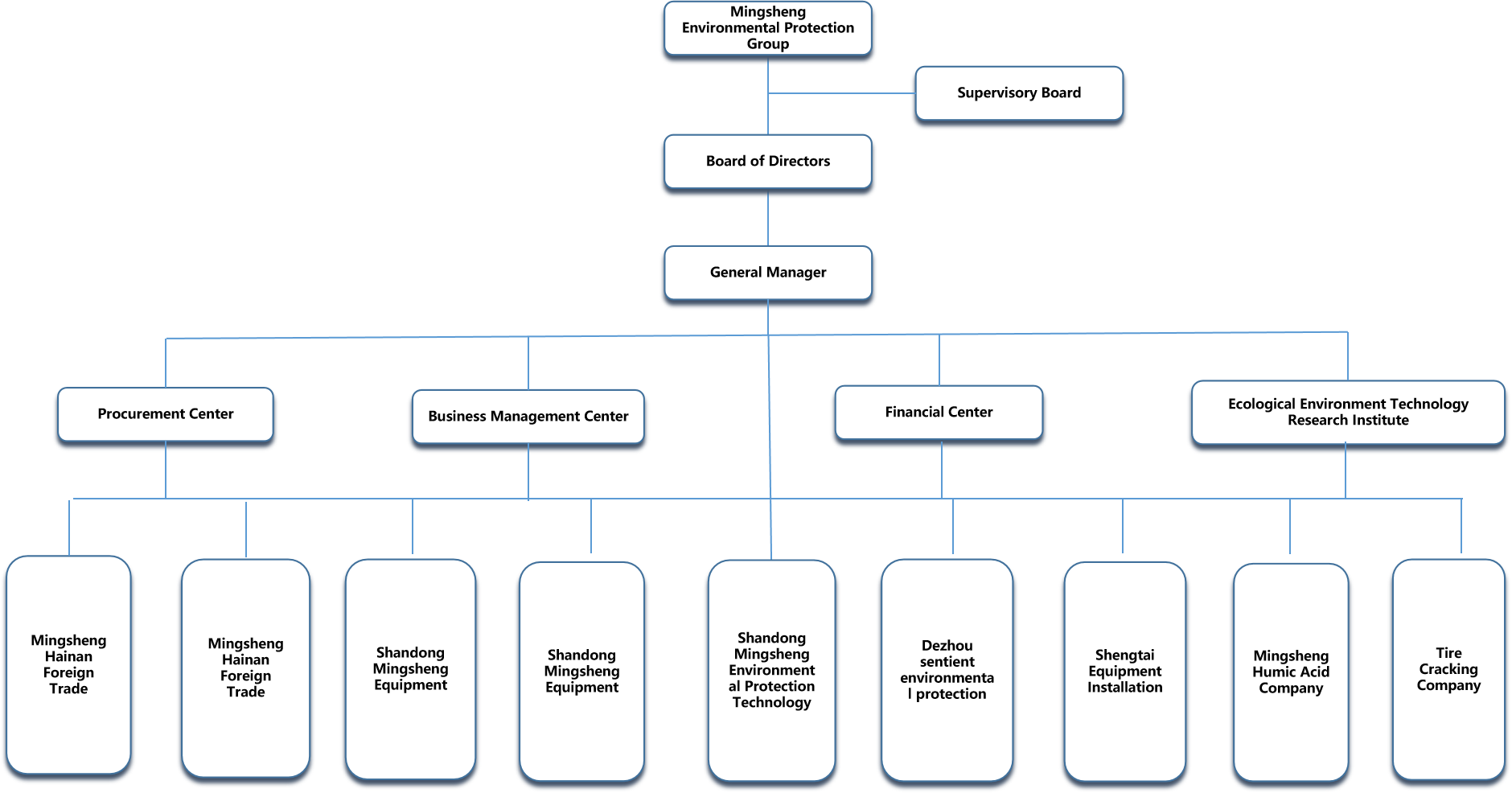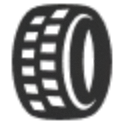scr catalytic reduction
Selective Catalytic Reduction, or SCR, is a technology that removes nitrogen oxides from the exhaust of diesel-powered engines after combustion has left them speckled all over everything. As the primary function of SCR, NOx is catalytically converted to nitrogen (N2) and water (H2O)--both substances harmless for life as we know it. This process employs a chemical reaction engendered when urea, introduced in the form of a liquid (as a Diesel Exhaust Fluid, or DEF-ProX ), meets and combines with NOx over an SCR catalyst. Technological features encompass an SCR catalyst covered in rarified metals to be the reduction reaction catalyst, yet it operates without requiring more fuel. An SCR system is extremely efficient, capable of reducing NOx emissions by up to 90%. The use of SCR catalytic decoupling can be found in many fields, ranging from heavy trucks to industrial machinery and urban buses. Thus SCR is important for compliance with strict emissions standards dictated by governments world -wide today.

